Google Marketing Live and I/O 2025 have just finished, and as expected, it was a blend of AI and product demos, but no mention of the messy middle? Pepper me disappointed.
But more importantly, this year has shown a huge shift that is happening in our industry and at Google in general.
Traditional Search is changing, and it’s becoming more conversational. Marketers are going to have to adapt to this new world of Search.
Whether that is adapting to new tools and technologies such as AI Max for Search (terrible name, right?) or understanding how our metrics will be impacted with new platforms to service new ways of user behaviour and search.
‘AI is everywhere, and it is actually becoming useful for us and our customers!’
Google is doubling down on AI across every surface of the ecosystem, especially Ads. I know this has come a long way from the days of SMART bidding, but this new position from Google around AI shows a strong stance on the direction of travel we undoubtedly are already on.
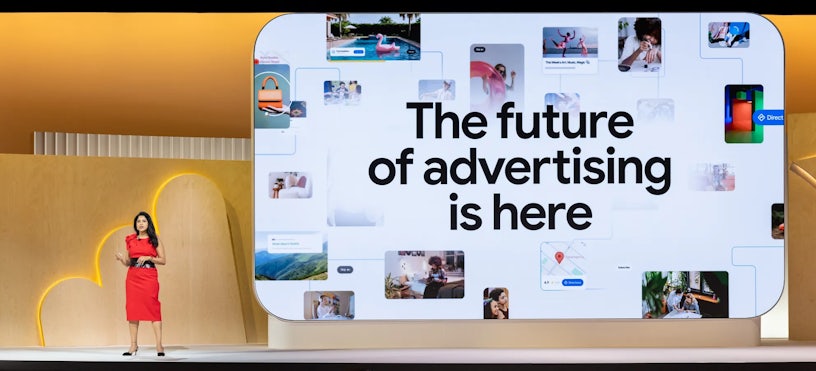
There has been a lot of hype, but there are some genuinely actionable updates that I’ve covered below…
- AI Overviews & AI Mode: Google is doubling down on search
- AI-powered shopping: Seamless commerce experience (Google's words, not mine)
- Google Ads gets even smarter (or should I say, closer to what we want to see)
- YouTube brings in Shoppable TV and Video comes to the SERP
- Asset Studio is a new shiny toy for advertisers
- Measurement and Attribution, Google is finally entering a new era that we’ve all wanted
- My final takeaways: Google is becoming conversational, AI-driven, but advertisers need to keep creativity in-house
AI Overviews & AI Mode: Google is doubling down on search
A quick nod to AI Overviews…
Google brought up AI Overviews already attract an incredible 1.5 billion users monthly, a beyond HUGE number for how long overviews have been around. This is only the start as AI overviews are growing rapidly with new features in the mix, but the biggie for me…
Ads will soon integrate seamlessly within these overviews, transforming user engagement.

My hot take here is that Google needs to be careful with how this is implemented to ensure that the validity of the search isn’t affected. For us advertisers, though, we need to ensure we understand the performance of these placements.
But the really interesting update, AI Mode…
Rolling out in the U.S as we speak, and this will be coming to the UK! Google promises deeper conversational abilities, multimodal queries, and genuinely agentic actions, essentially competing with the likes of OpenAI and other monoliths in the conversational search space. As I mentioned above, this is a huge shift in the industry, and it shows the future we’re heading towards. A future in which users don’t just search, they speak to their engines to get meaningful insights from conversational search. I am ALL for this.
Imagine having a personal shopper guiding users from query right through to checkout without ever leaving Search that is AI-powered? This is the future Google envisions for users.
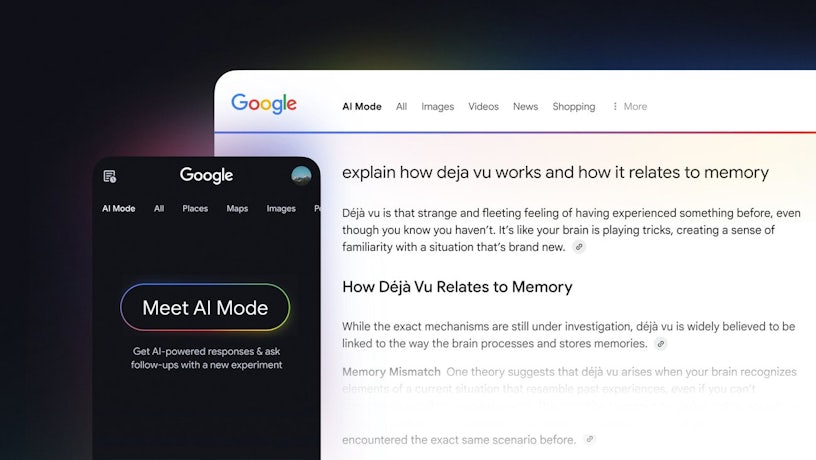
My take here is that Google are trying to keep up in the battle of conversational search and is learning from other players in the market to protect market share now and in the future. I genuinely do believe that conversational search is going to become the norm, and advertisers from both organic and paid will have to find the best ways to use it.
Traditional search isn’t dead, but it is changing.
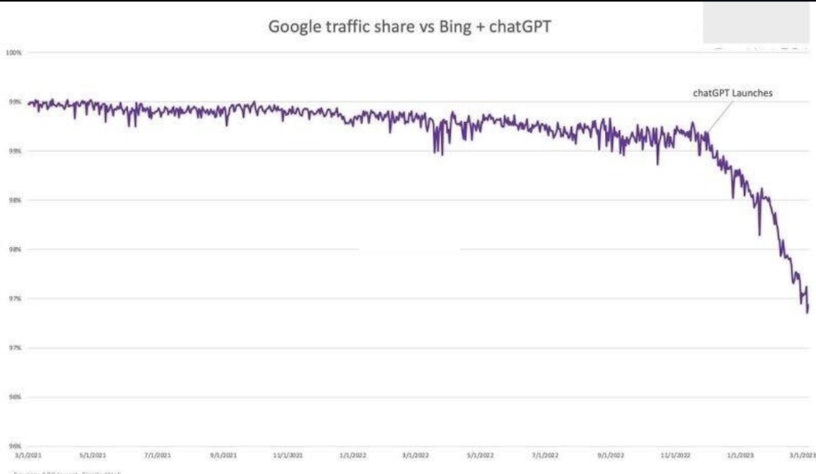
AI-powered shopping: Seamless commerce experience (Google’s words, not mine)
Google’s AI is reshaping commerce by using AI to power and drive personalised recommendations and follow-ups. But, the big thing Google is launching is a feature called AI Try-On, which allows customers and brands to try on clothes by uploading a full photo of themselves.
I, for one, think this is really cool, but I’m also a little sceptical that this won’t take and it’ll fall into the archives of Google’s failed experiments (looking at you, Google Glass).
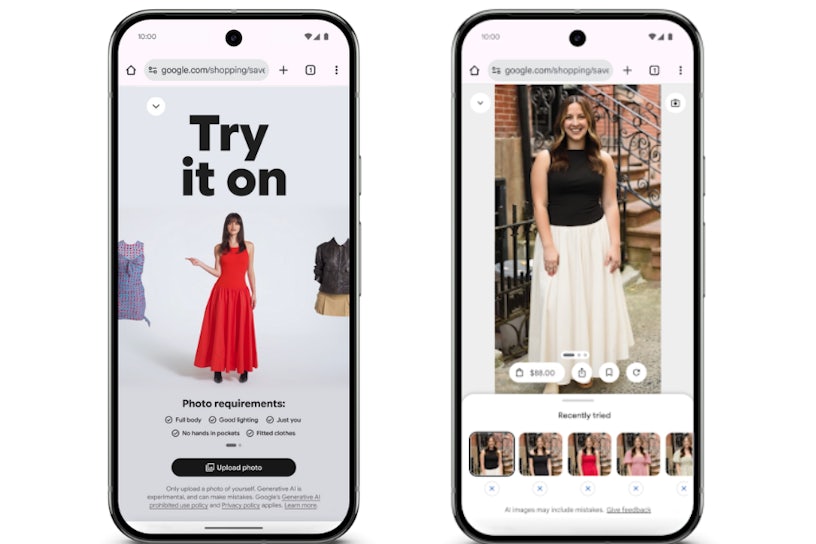
One of the bigger players and changes in this space is the introduction of the Commerce Media Suite, which will house things such as the Agentic checkout workflows, allowing customers to purchase without ever leaving Google. This is one of the biggest changes in the e-commerce space in many years.
My thoughts? This is a HUGE change for ecommerce and D2C brands that are trying to leverage new ways of engaging with their customers. Traditional search has been letting down ecommerce brands for a long time now, and this change allows them to revisit Google for not just bottom-of-the-funnel shopping wins.
Google Ads gets even smarter (or should I say, closer to what we want to see)
Starting with PMAX…
Channel Performance Reporting is now coming (in beta) to PMAX. This is a much-needed reporting update that we’ve been crying out for for years.
Advertisers now have further reporting functionality to look at performance across channels, which has been much needed to remove the black-box nature from PMAX.
Introducing AI Max for Search Campaigns…
AI Max for Search Campaigns is the new campaign type on the block, and I actually hate the name.
Irrespective, this groundbreaking feature will replace traditional keyword-based targeting in the future as we move towards a keywordless era.
It works by leveraging landing pages, assets, and user intent signals (yawn) to deliver results and match your ads to users’ intent and search, apparently increasing conversions by finding searches that are emerging.

Google’s Smart Bidding Exploration further elevates performance, pairing AI with flexible ROAS targets to uncover new, high-performing queries, marking Google’s most significant leap in bidding technology in a decade.
YouTube brings in Shoppable TV and Video comes to the SERP
YouTube and Video remain a key platform for Google and are getting enriched by video ads directly within Google Search and Shopping. This is a huge announcement for Google and changes again the way users can interact with Search and Shopping pages.
Adding to this, YouTube Shorts are also coming to search and will act as a storefront where Brands can now interact with customers in a totally new way – more to come on this!
Lastly, from my wrap-up, which I think is pretty cool, shoppable ads on Connected TVs are coming, and we know this is a huge part of the Google ecosystem.
The takeaway? If you’re in ecommerce or use Google Shopping, now is your time to jump on video and YouTube; it’s an amazing channel for growth. If you’re using this in conjunction with other parts of the Google ecosystem, you’re setting yourself up to be a powerhouse across the entire user journey.
Asset Studio is a new shiny toy for advertisers
Launching later this year, Asset Studio offers marketers a pretty cool (if it works) AI-driven creative hub.
It’s meant to make content easier to create. It was mentioned that you can upload simple product shots, and AI will transform them into polished, engaging short-form videos.
I personally love this, but I do think that it encroaches too much into the creative space unless you’re using them for simple PLAs or lack the resources to create appealing creative.
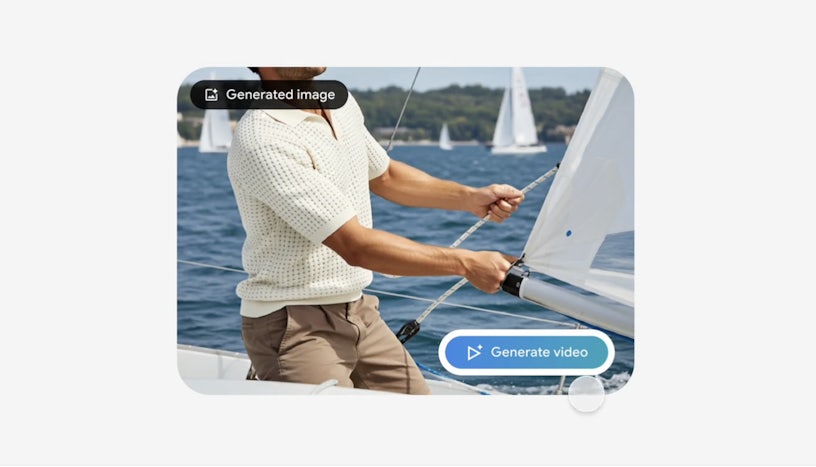
AI is great, but I genuinely do believe that creativity will become the most valuable currency in the future, and you should keep this human.
Measurement and Attribution, Google is finally entering a new era that we’ve all wanted
Google’s Marketing Mix Model, Meridian, is getting further scope.
The largest and best announcement from Google yesterday for me in this area was the impact it’ll have on incrementality tests in-platform. It’s now becoming easier to run tests at low cost across every aspect of your Google advertising.
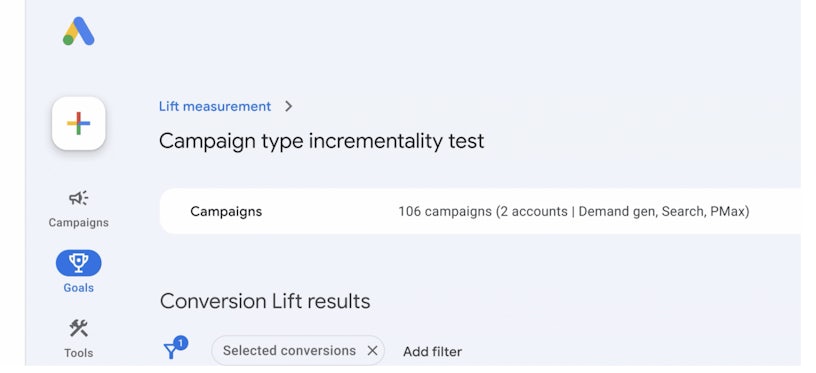
I’m very keen to test this and believe it’s going to be a threat (potentially) to measurement providers in the future as it becomes better. The question is, do you want Google to mark its own homework?
My final takeaways: Google is becoming conversational, AI-driven, but advertisers need to keep creativity in-house
From the dynamic capabilities of Gemini 2.5 Pro to innovations across search, shopping, and creative tools, Google’s advancements at GML 2025 & I/O represent a shift in digital marketing as we enter the new gold rush of AI adoption across the space.
The future is pretty set up for me, though. AI integrations, streamlined creative and measurement tools are going to become the new standard to keep afloat when advertising on Google.
For marketers, adapting to AI is fundamental, and it will no longer be a shiny marketing tool, but the core of what we do.
Automate and use AI where you can, keep creative at your core and remember, this is the start of the largest shift in marketing.






